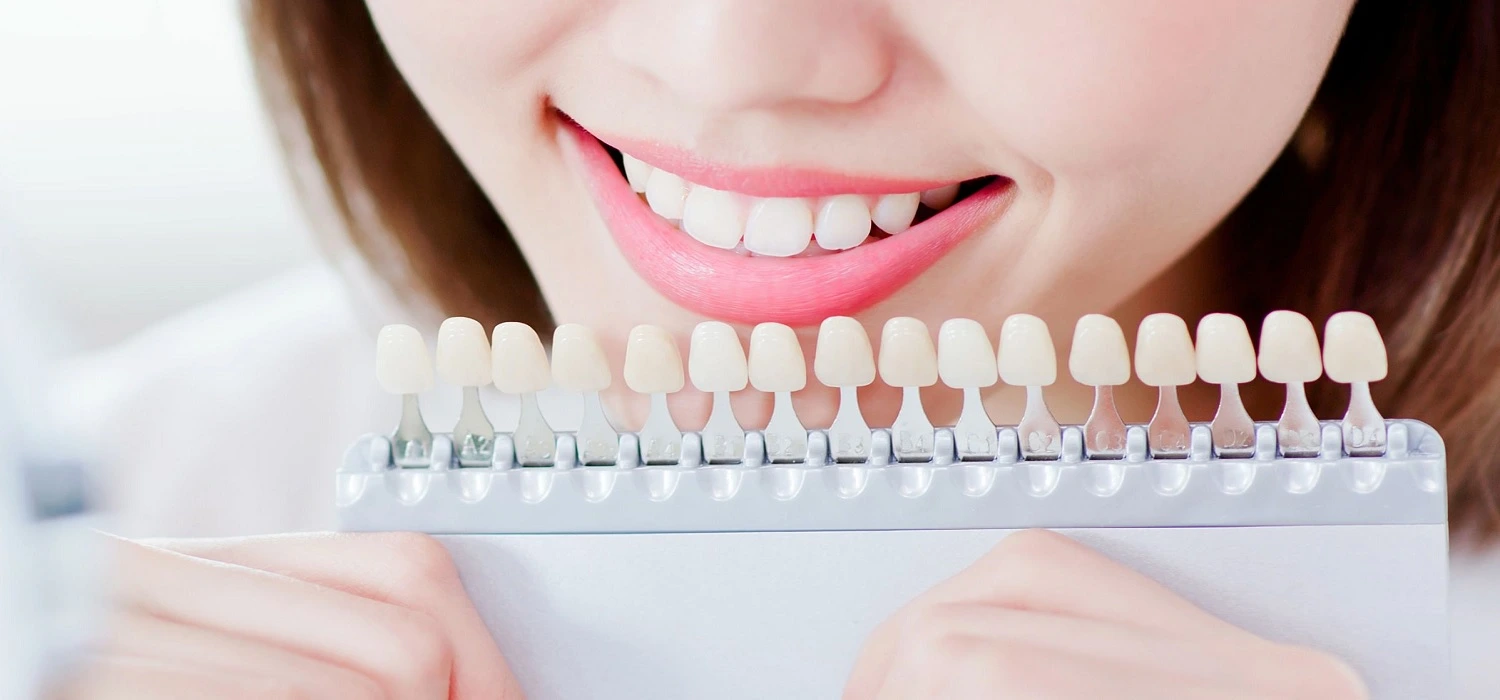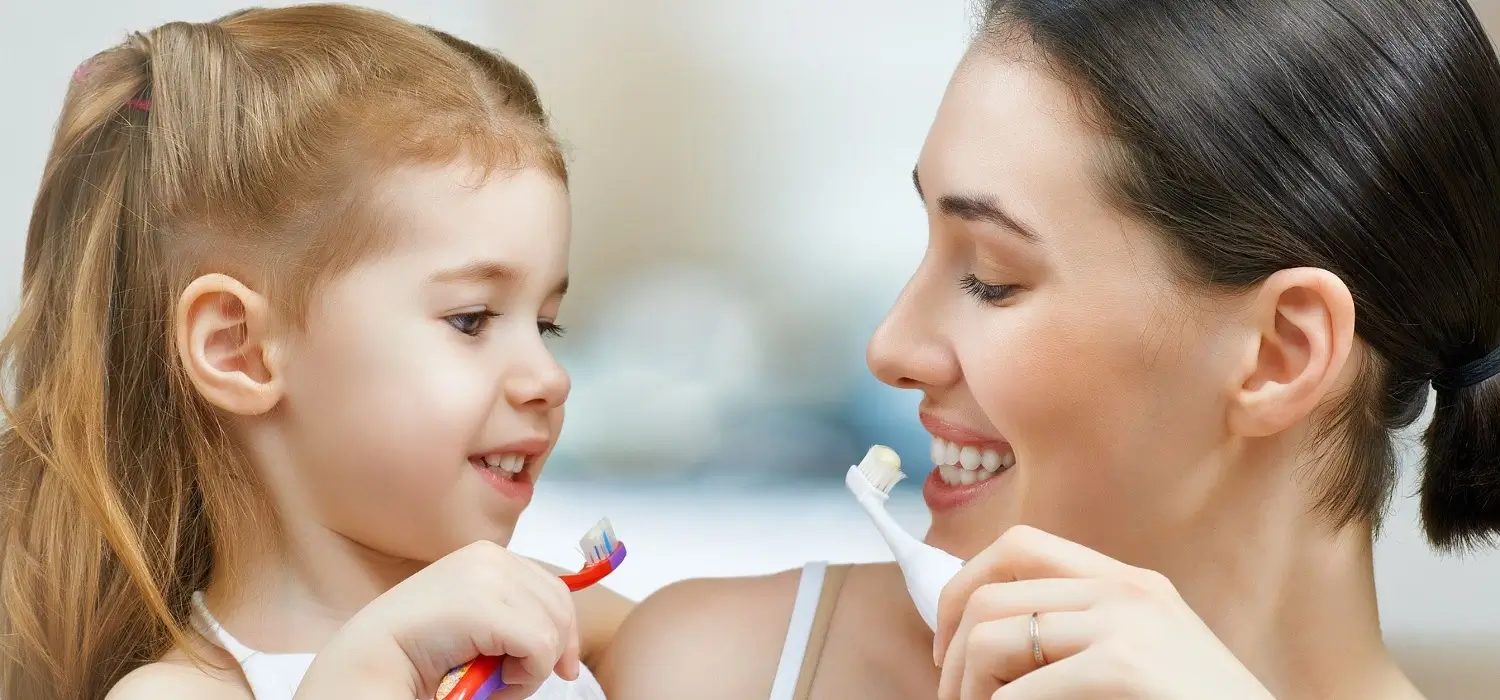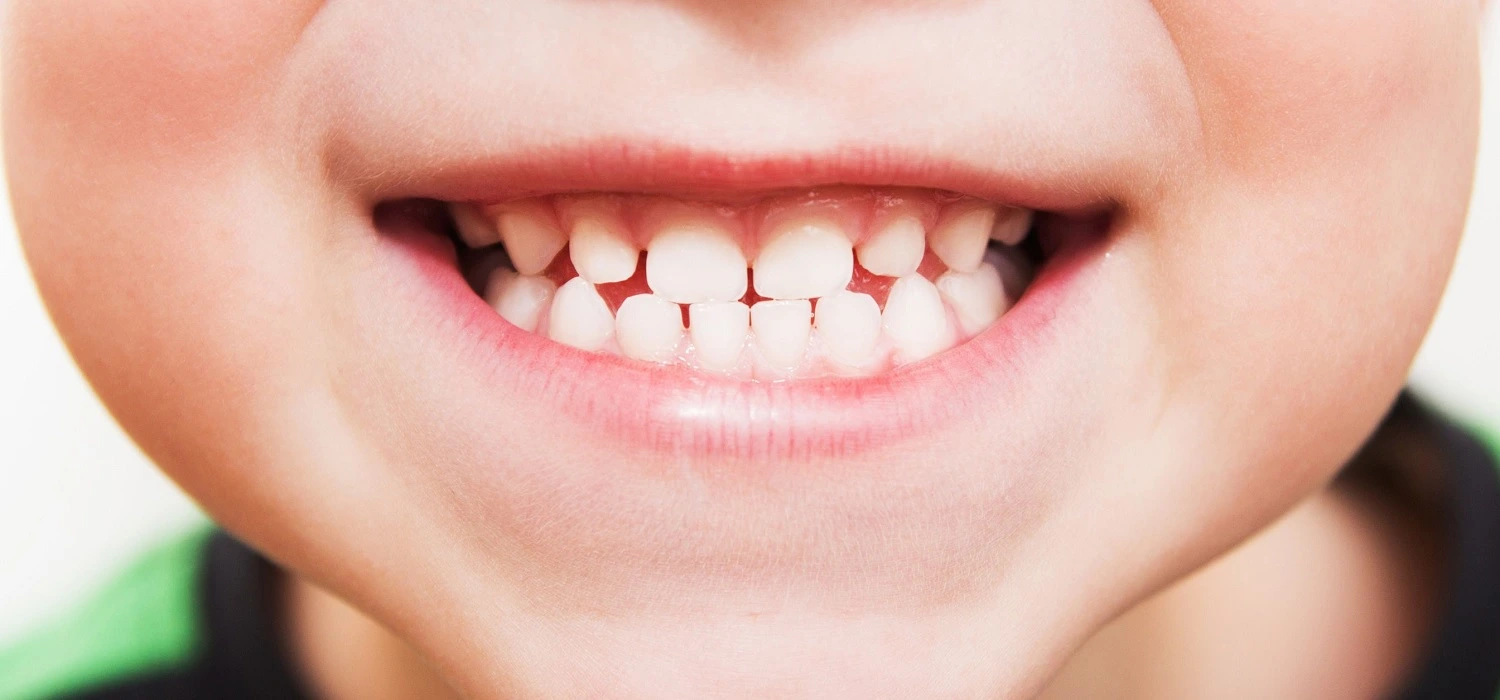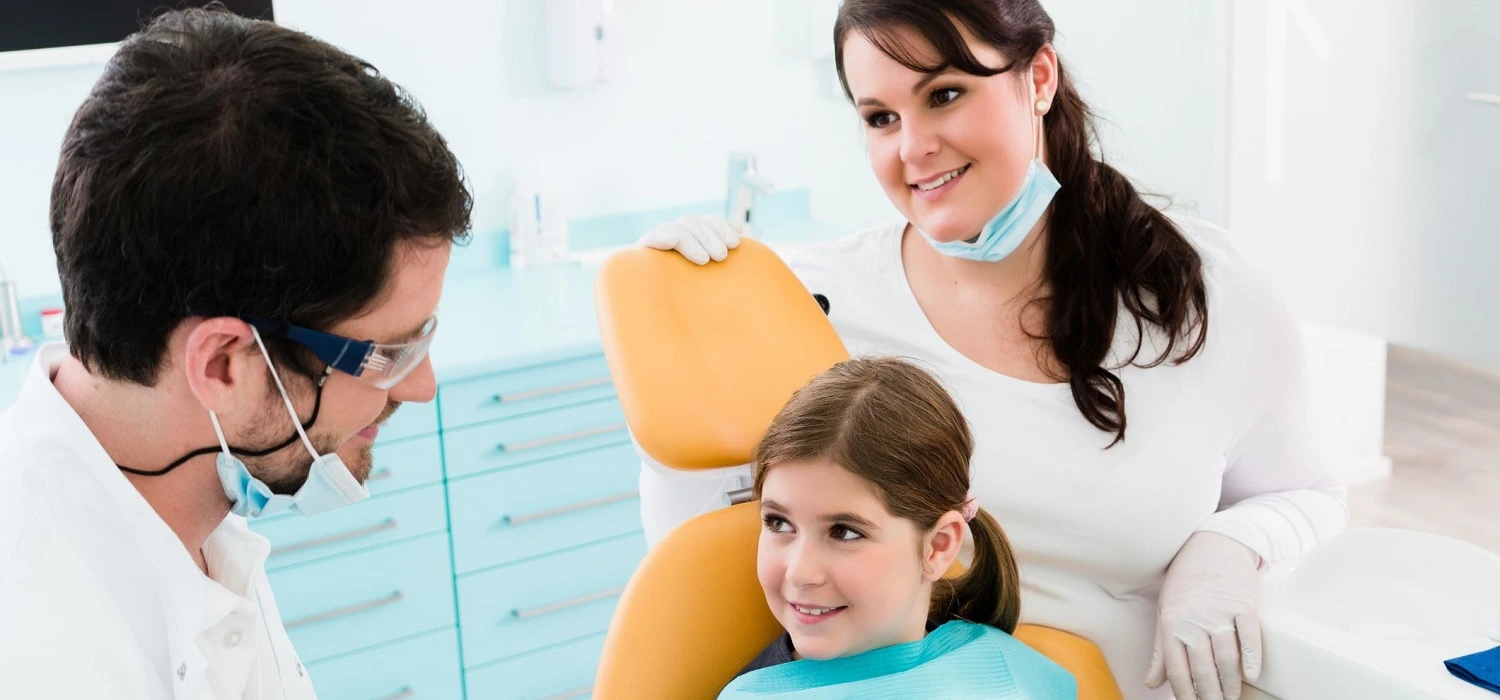Last Updated on: 10th December 2025, 06:42 am
Adults typically have 32 teeth, including incisors, canines, premolars, and molars (including wisdom teeth). These teeth are permanent and replace the 20 primary (baby) teeth children have. Proper care of permanent teeth is essential for lifelong oral health and function.
How many teeth do adults have? This question will be answered by this article and learn the classifications of teeth, their layers, the difference between permanent teeth and deciduous teeth, and oral health preventive tips.
Teeth are very hard tissues and play an important role in the digestive system. They are the first contact with food before it enters the stomach.
Teeth are made up of several layers:
1. The enamel: this is the hardest part of the human body, formed by crystals of hydroxyapatite. It represents the outermost layer of the tooth and is white and translucent.
2. The dentin: Dentin, a vital component of the tooth structure, is an intermediate tissue that is not as hard as enamel but still plays a significant role. It forms a substantial portion of the tooth and contains nerve endings that extend to the dental pulp.
3. Concrete: this is the outermost tissue that covers the roots of the teeth. In addition to protecting the tooth, it acts as a fixation surface to adhere the teeth to the jaws.
4. Pulp: this is the internal part of the tooth; it is made up of blood vessels, connective tissues, and nerves. It is a soft tissue that gives teeth vitality.
The functions of the teeth are to:
• Crush food to facilitate digestion
• Help in the phonetics of language, allowing words to be well articulated and sounds to be emitted
• Keep a nice and pleasant smile
• Maintain proper function of the masticatory system
How Many Teeth do Adults have and How are they Classified?
According to their position in the mouth, the shape, and the function they fulfill, the teeth are classified as:
1. Incisors: These are the teeth in charge of cutting food; they also help to feel the texture of food. They are located in the front area of the mouth.
2. Canines: Known as “fangs”, these teeth are in charge of tearing food. They are located next to the incisors. A pointy cusp helps them fulfill their function, and they also prevent clashing of the upper and lower teeth.
3. Premolars: Known as bicuspids, these teeth are located behind the canines and in front of the molars, hence their name. They are in charge of tearing and crushing food with the help of the molars.
4. Molars: They are the largest and strongest teeth, located in the most posterior part of the mouth. They have very wide surfaces, which allows for crushing food more easily.
What Are the Differences Between Adult Teeth and Children’s Teeth?
The number of teeth present in the mouth will vary for a child or an adult.
Children’s mouths do not have as much space as adults. For this reason, there are fewer primary teeth than permanent ones. As the child grows, the maxilla and mandible develop and expand the space for the new teeth.
1. Primary or deciduous teeth
Commonly known as baby teeth, they are children’s teeth that begin to erupt at 6 months of age and e completely emerge in the mouth around 2 or 3 years of age.
The deciduous teeth are made up of 20 dental pieces, 10 in the upper part and 10 in the lower part consisting of 8 incisors, 4 canines, and 8 molars.
They fulfill very specific functions. In addition to the aforementioned digestive, masticatory, functional, and phonetic functions, they also:
• Direct the eruption of permanent teeth
• Maintain the space to locate the permanent teeth once they have emerged.
Good hygiene of the primary dentition is essential to avoid the loss of teeth and to ensure an adequate eruption process of the permanent teeth; additionally, good oral habits acquired as a child can be maintained throughout life.
If your child has a loose tooth or is close to the age of losing their first tooth, you may have some questions. This article, “When a child loses his first tooth” is a complete guide especially for the parents to avoid possible complications.
2. Definitive or permanent teeth
The first permanent tooth appears at the age of 6; a molar is born at the back of the mouth. After this, a stage of dental replacement begins, in which the primary teeth fall out and the definitive ones erupt., This process develops approximately until the child is 12 years old.
The definitive teeth are made up of 32 dental pieces, 16 in the upper part and 16 in the lower part, consisting of 8 incisors, 4 canines, 8 premolars, and 12 molars.
Among the molars are the wisdom teeth that usually appear after the age of 20. Frequently, these teeth need to be extracted because:
• It’s hard to keep them clean
• They affect neighboring teeth
• They erupt in bad positions
It is also very common for the space of the mouth to be very reduced and the wisdom teeth do not fit. This is due to an evolutionary change in the diet of human beings over the years. The chewing of softer food has made it not necessary to have large jaws like our ancestors.
What Are the Key Differences Between Deciduous Teeth and Permanent Teeth?
In addition to the number of teeth, other differences are:
• Primary teeth are smaller and appear whiter, while permanent teeth are larger and are more translucent.
• Primary teeth do not include premolars.
• The dental pulp space is larger in the primary than in permanent teeth.
• The permanent teeth are not seen as separated from each other, while the primary ones do have spaces.
Regardless of the dental stage, it is very important to maintain excellent oral health since prevention is the best treatment.
What Are the Best Tips for Maintaining Good Oral Health?
Most adults have lost at least one tooth throughout their lives. The main reasons for tooth loss are caries, periodontal disease, trauma, and an odontogenic infection.
How many teeth do adults have when they reach the age of 60 and above? The Centers for Disease Control and Prevention (CDC) reports that 26% of adults age 65 and older have 8 or fewer teeth in their mouths, and at least 1 in 6 adults age 65 and older are completely edentulous.
Teeth are exposed to many risks of loss over the years, but there are some helpful tips you can follow to prevent tooth loss and its consequences:
• Maintain good oral hygiene: Brush your teeth daily, at least 2 times a day. Use oral hygiene materials such as a soft-bristled toothbrush, fluoride toothpaste, dental floss, and mouthwash.
• Good nutrition and good habits: Reduce the consumption of sugary foods and drinks and if a smoker, reduce the frequency of tobacco consumption.
• Regular visits to the dentist: Visit the dentist every 6 months or at least once a year.
During the teething stage of children, parents must make them aware of the importance of maintaining good oral hygiene, the habits acquired when they are small are not forgotten. It is recommended to visit the dentist every 6 months from the moment the first deciduous tooth appears in the mouth and extend the habit until adulthood.
The teething rash is one of the causes of irritation in the dentition stage of a baby. Read our comprehensive guide about teething rash in children for a better understanding.
Taking good care of permanent teeth is the key to maintaining a beautiful and pleasant smile, and not experiencing functional, aesthetic, or chewing problems. These teeth are designed to last a lifetime in the mouth, and with proper care, it is possible to achieve this. Thanks for reading.
Frequently Asked Questions
How many teeth do you have in a lifetime?
In a lifetime, a person typically has two sets of teeth. The first set, known as primary or baby teeth, consists of 20 teeth. These are later replaced by the permanent teeth, which total 32 in a full adult dentition, including the wisdom teeth.
How many top teeth do adult humans have?
A person has 16 upper teeth.
How many teeth do adults have without wisdom teeth?
An adult has 28 teeth without wisdom teeth.
How many teeth does a child have?
A child has 20 primary or baby teeth. These teeth begin to appear around six months of age and are typically all present by the age of three.
Can you have more than 32 teeth?
Yes, it is possible to have more than 32 teeth, a condition known as hyperdontia. This condition involves having extra teeth, known as supernumerary teeth. However, it is relatively rare.
Voice and Search (Q&A)
What are the differences between baby teeth and adult teeth?
Baby teeth are smaller, whiter, and have spaces between them, while adult teeth are larger, more translucent, and include premolars which baby teeth do not have.
Why do adults often need to have their wisdom teeth removed?
Wisdom teeth can be hard to clean, may affect neighboring teeth, or erupt in bad positions due to limited space in the mouth.
How can I prevent tooth loss as I get older?
Maintain good oral hygiene by brushing twice daily, eating a balanced diet, avoiding excessive sugar, quitting smoking, and visiting the dentist regularly.
Share:
References
1. Hoffman, M. (Reviewed: June 28, 2020). Picture of the Teeth. WebMD. https://www.webmd.com/oral-health/picture-of-the-teeth
2. Norris, T. (Updated: March 30, 2019). How Many Teeth Should I Have? Healthline. https://www.healthline.com/health/how-many-teeth-do-adults-have
3. Page, C. (2022). How many teeth do humans have? Live science. https://www.livescience.com/how-many-teeth-do-humans-have
4. Setty, J.V. (2016).Knowledge and Awareness of Primary Teeth and Their Importance among Parents in Bengaluru City, India. International Journal of Clinical Pediatric Dentistry, 9(1), 56-61. https://doi.org/10.5005/jp-journals-10005-1334
5. Teeth: Types, Function & Care. (January 26, 2023). Cleveland Clinic. https://my.clevelandclinic.org/health/body/24655-teeth
6. Zambon, V. (July 22, 2020).How many teeth should a person have? Medical news today. https://www.medicalnewstoday.com/articles/how-many-teeth-do-adults-have
-
Nayibe Cubillos M. [Author]
Pharmaceutical Chemestry |Pharmaceutical Process Management | Pharmaceutical Care | Pharmaceutical Services Audit | Pharmaceutical Services Process Consulting | Content Project Manager | SEO Knowledge | Content Writer | Leadership | Scrum Master
View all posts
A healthcare writer with a solid background in pharmaceutical chemistry and a thorough understanding of Colombian regulatory processes and comprehensive sector management, she has significant experience coordinating and leading multidisciplina...



















